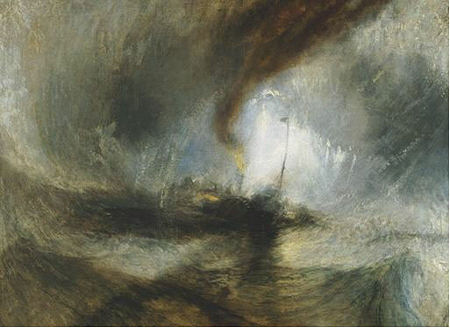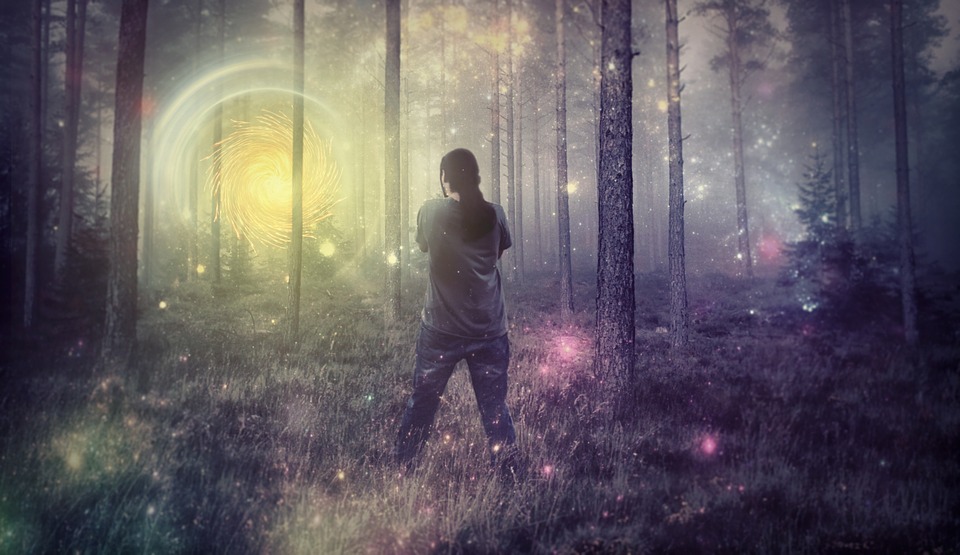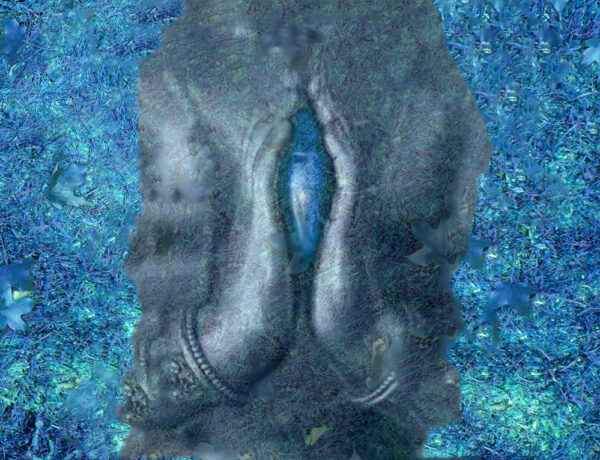When we lose someone close to us, it is as if a part of us dies inside. It can be confusing. It can seem impossible. We can feel all the wrong stuff at the wrong time, and it can feel like there is nowhere to express it in the world of the physically living.
Grief and loss sweep us away on a river of confrontation with our own mortality. Nobody is immune to experiencing this transition between dimensions. Death is a common as birth. But how to navigate the experience of loss safely to the other side of new-born wholeness?
The very easiness and “OK-ness” of death can collide with the pure biological shock of loss.
Grief processes are never simple. Even if an elderly parent dies, at an advanced age and dignity, even if we consider ourselves “enlightened” and liberated of the belief that the body defines who we are, we will experience a process involving the four tasks of grief for at least three months. For some, they begin this process before the loved one dies. The grief process is about releasing fixed ideas and patterns of feeling – including the whole history and the imagined future – into peace. It’s about saying goodbye for all sides, at a depth that our minds can barely track.
When someone dies, there is an easiness and naturalness about it. This can occur in stark comparison to the momentousness of a death in a personal dimension. The very easiness and “OK-ness” of death can collide with the pure biological shock of loss. The mind still searches for the loved one. The heart is unable to feel the absence. The cells of the living body can hardly accept that the cells of that other body are no longer composed as the one we love.
As time goes by, they are discouraged from expressing their love, and in this they are encouraged to close their hearts.
The shock of death beckons the mind to take control. With thoughts, and with social reinforcement, those in grief are urged to move through the denial task of death – to accept that the loved one is gone and that they will never come back. They are urged to medicate their pain, and to call off the natural instinct to search – framing the loved one on the wall as history. As time goes by, they are discouraged from expressing their love, and in this they are encouraged to close their hearts.
Yet on the level of feeling, the love has the potential at this stage to expand beyond all conditions – beyond the condition even of the lost one being alive. Tragically, and often in cases of complicated grief (such as sudden death or childhood loss), this love is frozen. How can we love one who is no longer here? The long-term blocking of this love based on a belief that the love depends on the object is one of the tragic spots where processes of grief become complicated.
Do we stop loving someone because they have died?
Do we stop loving someone because they have died? Does our heart close to them, because they are no longer physically alive? Did our love for them depend on them, or was it a flow that moved through us, in naturalness towards even a thought of the love one?
Where did we learn that love for the other must end with death?
The unfolding of a grief process into peace and celebration is embedded within the love that is frozen within the belief that love demands a physical object to flow. Within the suffering of grief is the same love which we always felt for the other, but frozen in the shock of loss. When this love is allowed, the grief is able to disentangle, as love begins to flow in a wider context without conditions – to the place beyond birth and death which is where love itself is sourced.
Beneath that veil of fear is the miracle.
By nature, every grief process will become a process of love and beauty. Love and beauty are direct expressions of the transience and impermanence of physical form. When we perceive the passing into physical life, and the passing out of the physical, we directly experience transience, including our own fundamental physical impermanence here. This can create fear. But beneath that veil of fear is the miracle. As the more we perceive transience and our temporary position here on this earth, in this body, the more the windows of life and beauty open.
Our suffering can have tremendous beauty. Our rage at mortality can have tremendous vitality. Our pain is an exquisite loosening of a shell of identity. The collapse of the past and of the future in pure relativity has the potential to release the timeless aspect in which grief and loss never happen. By degrees, the expansion of the love we experience for the one we lost will spill over into a love for the living, an appreciation of beauty, an opening to the miracle of this window of time here, spent together in a physical body. In this, a grief process, even if frozen for decades, will sooner or later become a process of the celebration of life.
Don’t wait. Move to the core of the pain, where it is most raw and impossible, and be there in love. Take time, take space and be in love again.




